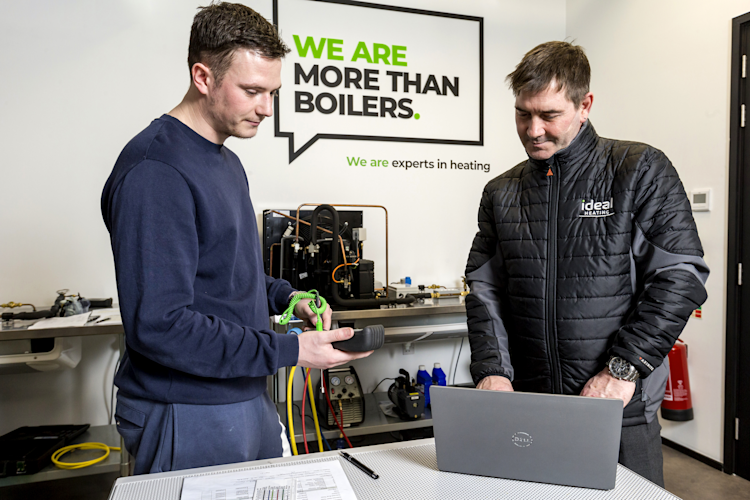
NOx Class 6
Air quality has become a significant environmental issue all over the world, particularly in larger cities where motor vehicles and heating homes both contribute significantly to air pollution. Some of the more important pollutants are the oxides of nitrogen which contribute to the formation of smog and acid rain.
NOx is a generic term for the nitrogen oxides that are most relevant to air pollution, namely nitric oxide (NO) and nitrogen dioxide (NO2). These gases are usually produced from the reaction between nitrogen and oxygen during the combustion of hydrocarbon fuels in air, especially at the higher temperatures encountered in car engines and boilers.
NOx reacts with ammonia, moisture, and other compounds to form nitric acid vapor and related particles. These small particles can penetrate deeply into sensitive lung tissue and cause damage, which in extreme cases can cause premature death. Inhalation of such particles causes or worsens respiratory diseases, such as emphysema or bronchitis, and aggravates existing heart disease.
In an attempt to reduce NOx emissions from gas boilers, NOx levels were introduced as part of the Energy related Products Directive. This was a mandatory piece of legislation from the European Union which aimed to bring in minimum standards for heating and hot water systems with regards to efficiency and NOx, and also introduced product labelling. The expectation was to reach a level of 70mg/kWh for gas-fired boilers (class 5).
This legislation was further tightened when NOx class 6 was introduced and became a mandatory requirement under ErP in September 2018. This reduced the maximum NOx level allowed from 70mg/kWh for class 5 down to 62mg/kWh for class 6 (based on the net calorific value of gas).
At the same time as NOx class 6 was introduced the method of calculation was changed to be based on the gross calorific value of natural gas, where-as previously net calorific value was used when calculating NOx classes 1 to 5. This resulted in a new maximum NOx limit of 56mg/kWh.
NOx class | Maximum level mg/kWh (Net CV) | Maximum level mg/kWh (Gross CV) |
1 | 260 | 234 |
2 | 200 | 180 |
3 | 150 | 135 |
4 | 100 | 90 |
5 | 70 | 63 |
6 | 62 | 56 |
All Ideal domestic boilers have NOx levels lower than the maximum limit of 56mg/kWh for class 6. This includes all models of Ideal Logic, Vogue and Mexico boilers (covering Combi, System and Heat only versions). All Ideal domestic boiler literature has been updated to show that all Ideal domestic boilers are now NOx class 6 compliant, rather than class 5 previously quoted.
NOx levels are particularly important in the New Build sector when BREEAM is used as best practice, and this quotes lower NOx levels than ErP. BREEAM gives up to 2 extra credits for low NOx emissions from gas boilers:
≤ 41mg/kWh = 1 credit
≤ 27mg/kWh = 2 credits
However, for an Air Quality Management Area (AQMA) lower levels apply:
≤ 27mg/kWh = 1 credit
≤ 24mg/kWh = 2 credits
BREEAM now also uses Gross CV NOx levels in compliance with the Ecodesign Directive which came into force in September 2018.
All Ideal Logic boilers qualify for at least one additional credit under the BREEAM 2018 scheme, eleven Logic models qualify for two additional credits (non-AQMA) and seven qualify for the two additional credits in the toughest requirements of an air quality management area. These low NOx emissions and corresponding BREEAM credits, combined with high operating efficiency, class leading reliability and small case sizes makes Ideal Logic boilers particularly suitable for the New Build sector.


















